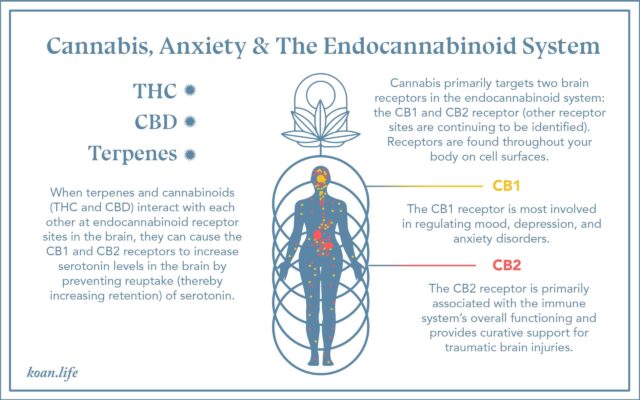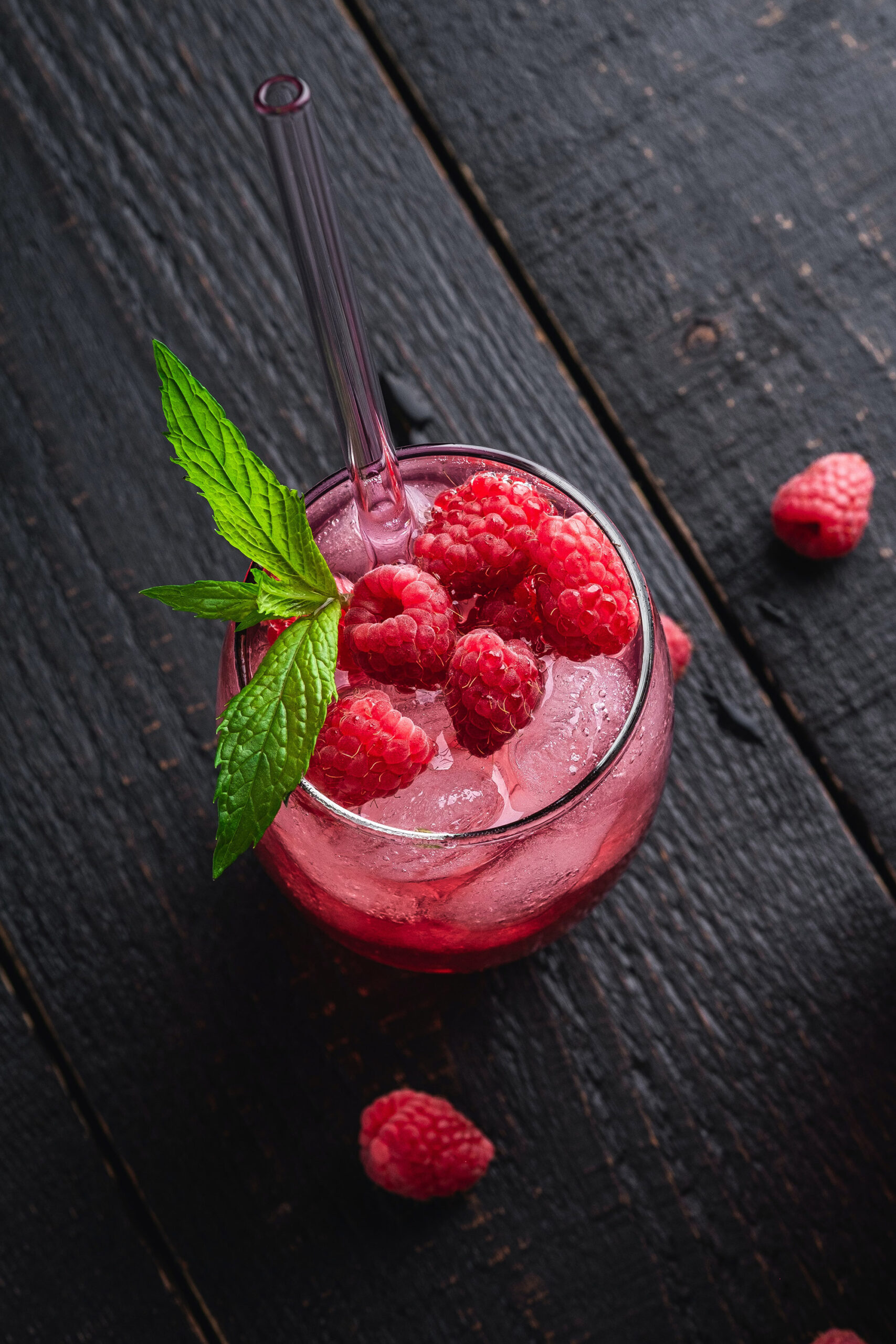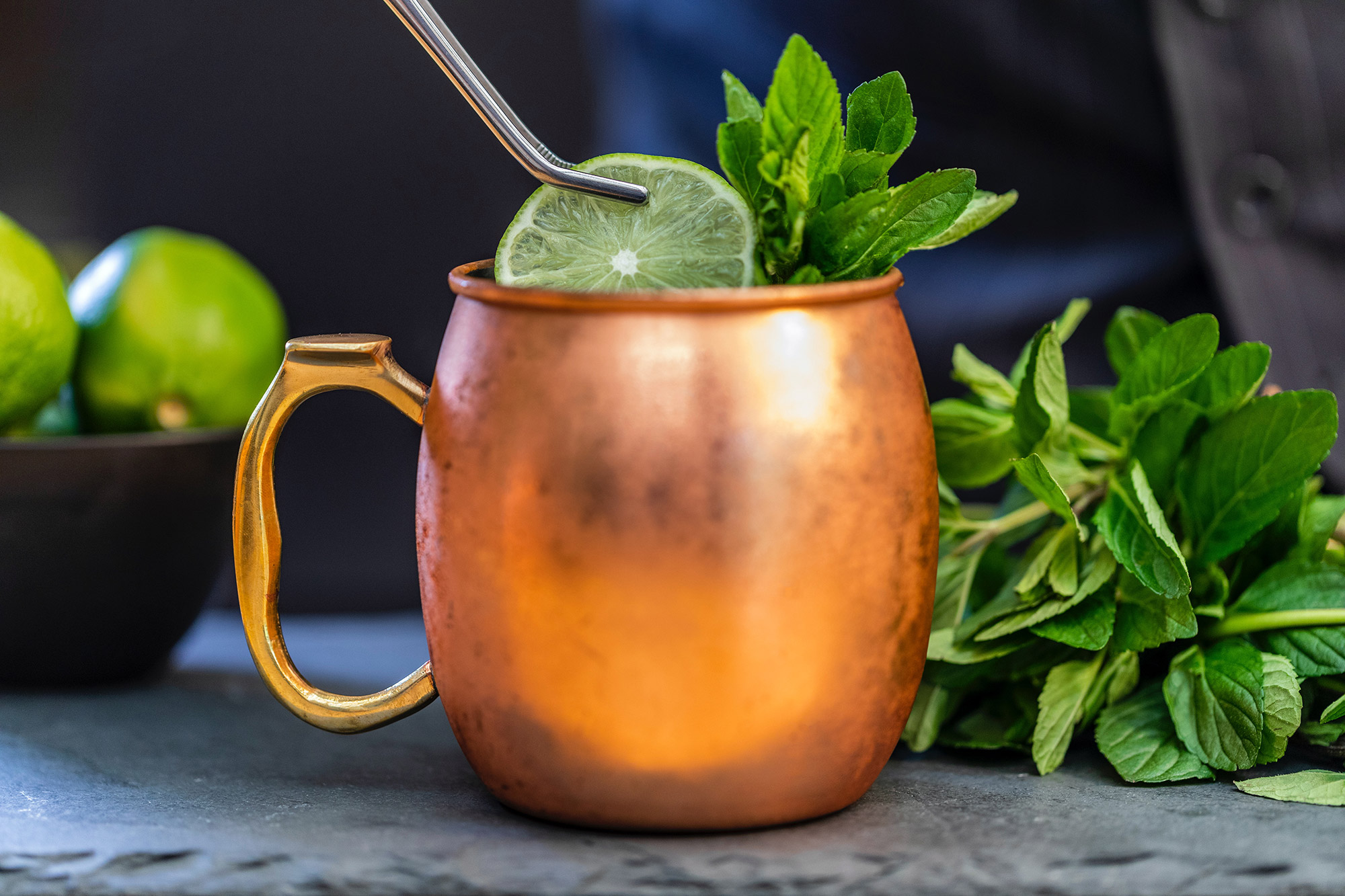Chinese New Year Cocktails
CBD THC Ratios for Anxiety – Does it Matter?

CBD THC Ratios for Anxiety – Does it Matter?
A survey of 2,000 people conducted by SingleCare found that well over half of all respondents (62%) have experienced anxiety and 47% of respondents experience regular bouts of anxiety. This, coupled with data from the National Alliance of Mental Illness (NAMI) showing over 40 million U.S. adults (19.1%) have an anxiety disorder, paints a clear picture as to why it is valuable to understand how CBD:THC ratios in your cannabis may affect your own potential struggles with anxiety.
Understanding Anxiety
Anxiety is often a term thrown around by people, but it is important to understand that anxiety has many ways in which it can manifest. For example, just because one person may suffer from anxiety when in large crowds, does not necessarily mean that person also becomes anxious during public speaking events. Anxiety is most often divided into several sub-categories.
According to the Department of Health and Human Services (HHS), there are five major “sub-categories” that we use when identifying anxiety. These categories are Generalized Anxiety Disorder (GAD), Obsessive-Compulsive Disorder (OCD), Panic Disorder, Post-Traumatic Stress Disorder (PTSD), and Social Anxiety Disorder (SAD). To add to the complexities of anxiety, it is plausible that a person can be affected by multiple distinct diagnoses. In other words, it is possible to suffer from more than one “sub-category” of anxiety.
Unlike other health conditions that we understand and can diagnose on a more topical level like cancers, anxiety can be especially troublesome to identify, diagnose, and treat because of our limited understanding. The impact of our lack of understanding is amplified given how many people experience some form of anxiety during their lifetime.
Additionally, anxiety disorders are often left undiagnosed and untreated. People often respond to undiagnosed anxiety symptoms as just a difficult or unmanageable part of life instead of seeking medical guidance. It is important to recognize that just because anxiety is not diagnosed, it can still present undesirable effects.
The biological source of anxiety has remained a debated topic for generations. The most commonly accepted theory — currently — of where in our bodies that anxiety begins is the brain. If we dig a little deeper, researchers believe that anxiety originates in a part of our brain called the amygdala. According to the Calm Clinic, the amygdala is the part of the brain responsible for “managing the storage of memories according to the strength of the emotional reaction associated with the memory.” [4] Ultimately, anxiety is believed to be a byproduct of the innate human fight or flight response and is 100% natural, but also manageable and able to be mediated.
THC and Anxiety
If you’ve experimented with THC dosages, you’ve likely experienced what is referred to as a biphasic effect in terms of THC and anxiety. A biphasic effect simply means that a compound like — but not limited to — THC, may alleviate or reduce a symptom at a lower dose, but higher doses of the same compound can actually amplify the symptoms. In other words, a biphasic effect is the scientific way of saying less can be more.
In the case of THC, anxiety and paranoia are two common symptoms that users can experience a biphasic effect based on dosage — also known as a dose dependent compound. You may find that a small dose of THC can lead to a calm, cool, and collected vibe, but increasing the THC dosage can lead to anxiety that is more intense than if you had not consumed any THC at all.
Although the biphasic effect of THC may be seen by some as a negative attribute, it can actually be beneficial because it gives you the ability to experiment and determine your optimal dosage. However, it should be mentioned that using a product which is precisely and consistently dosed, like Koan Cordials, is imperative when determining the ideal cannabis product composition for your needs. If your cannabis product, and the cannabinoid content within it, varies from batch to batch, you forego the ability to truly determine what works best for you.
It is also important to take into consideration when discussing the topic of THC dose and anxiety that in cannabis products, THC is not the only active compound that plays a role in a person’s response. Cannabinoids like CBD along with other constituents of the plant like terpenes are also compounds that have to be factored in.
CBD’s Relationship with Anxiety
In the past few years, we’ve been hit with a deluge of data-driven research that shows potential for CBD to reduce symptoms often associated with anxiety disorders. Although there is no definitive verdict — yet — describing exactly how or why CBD may impact symptoms of anxiety, published studies point to the fact that we are closer than ever before to unraveling the mystery.
In a 2019 study published in the Journal of Pain, researchers reported evidence believed to show that CBD may alter the manner in which our brains respond to endogenous (naturally occuring) serotonin, which may lead to anxiolytic effects (anti-anxiety).
An earlier study published by the International Journal of Neuropsychopharmacology on the anxiolytic effect of CBD on chronically stressed mice reports evidence that CBD may lead to hippocampal neurogenesis, which may correlate to certain types of social anxiety and phobias. [7] In other words, CBD may promote growth of nervous tissue in the hippocampus (a region of the brain).
Findings published in the Journal of Alternative and Complementary Medicine have also reported that “administration of CBD in addition to routine psychiatric care was associated with PTSD symptom reduction in adults.” [8]
As previously mentioned regarding product dose consistency and THC, the same factor applies to CBD in your cannabis product, especially when you’re trying to determine what amounts work best for your needs.
Does the CBD:THC Ratio Actually Matter?

If you’ve purchased a cannabis product before, you’ve likely seen some form of CBD:THC ratios being advertised. Although many tout the importance of this specific ratio, you may find yourself questioning if it is really important or if this claim is simply marketing?
Unfortunately, the answer isn’t a simple yes or no. Of course, CBD:THC ratios likely play a role in how an individual responds to their cannabis product. However, the composition of the cannabis plant also includes compounds like terpenes and flavonoids that also likely play a role in your response to a product as well.
Furthermore, the optimal ratio or cannabinoid and compound composition of a cannabis product is not a one-size-fits-all situation. Just because your friend, family member, significant other, or favorite budtender swears by a certain CBD:THC ratio, terpene profile, or even a specific cannabis product, doesn’t necessarily mean that the same product composition will produce those results for you.
We’re still in the early days of researching, understanding, and ultimately being able to predict how CBD and THC ratios, terpene profiles, and other cannabis plant constituents may affect anxiety in an individual. Fortunately, research in this field is being conducted on a larger scale now more than ever before. In a systematic review published by the Journal of Neuropsychopharmacology, researchers explored available data pertaining to CBD and THC ratios. They reported that data reported from trials in both animal and human varied significantly. This is yet another indicator that further research is required before we can accurately predict how a specific individual may respond to a given CBD:THC ratio or terpene profile found in cannabis products.
Although we don’t have enough data available to make predictions for each individual, we do have data available that suggests cannabinoid composition may play a role in cognitive effects of consumption, specifically anxiety related symptoms. Until more concrete data is available, the most efficient way — currently — for an individual to determine the optimal product composition for their needs simply comes down to experimenting with different cannabinoid ratios and terpene profiles. Given that this is nearly impossible with most retail cannabis products due to dosage inconsistency, — yes, even the same product can vary from batch to batch — Koan Cordials are unique in that they present the user with the ability to accurately experiment with various ratios and profiles because of Koan’s verifiably precise and consistently dosed products.
Trial and Error? Experimenting? Sounds Intimidating…
Spoiler alert: This doesn’t have to be a daunting task and can be quite simple.
Though a bit of controlled trial and error, finding your sweet spot can be an easy process and one that is incredibly rewarding. The first step is to find a cannabis product with precise and consistent dosing like Koan Cordials. You shouldn’t just assume that a cannabis product has consistent dosing from batch to batch. This step is vital for finding a product that provides your desired results. Completing this step gives you the ability to repeat your experiences once you find a product that works for you.
Always remember that when it comes to compounds like cannabinoids, one size does not fit all, but if the content is standardized and consistent, it makes finding your personal “size”, or dosage, much easier. Additionally, knowing your product provides consistent dosing from batch to batch means no more wondering if the anxiety relief — or whatever results you’re targeting — that you felt after dosing was just a coincidence.

So, How Can I Find the Optimal Cannabis Product?
As they say, you should always begin low and slow unless otherwise advised by your medical provider. Many opt to begin by finding a product that maintains a high CBD to low THC ratio like that found in Koan’s Calm Cordial. As you become comfortable with any perceived effects, and of course after discussing your plan of action with your current medical provider, you may begin trying other CBD:THC ratios as well as various terpene profiles to determine if they provide a more — or less — desirable result.
If you reach a point where you feel as though a previous cannabinoid ratio and/or terpene profile worked better for you, simply go back to using that option for future doses. Congrats! You’ve just successfully completed a trial on yourself to determine your optimal cannabinoid ratio and terpene profile.
Another valuable tip when searching for your ideal CBD:THC ratio or terpene profile is to keep a basic journal of how you feel before and after each dose. This doesn’t have to be an intricate recollection of your feelings; it can be as minimal as notating how certain ratios or terpenes affect your anxiety — or any other feelings for that matter. Over time, this type of data can prove to be invaluable to crafting your ideal path and improving your personal knowledge and relationship with cannabis. As always, you should consult with a professional medical provider prior to making any changes in your routine.
The addition of cannabis to your journey through life can be both rewarding and empowering. As always, remember to be cognizant that, although “CBD:THC ratios” will be the most commonly touted factor in a cannabis product — especially when being considered as a tool against anxiety — there are many other components of the cannabis plant that can be just as influential in the quest to optimize your life.
This article is for informational purposes only and not to be used as medical advice. Please speak with a medical professional before making any changes to your diet, medications, or daily routine. These statements have not been evaluated by the FDA. These products are not intended to diagnose, treat, cure, or prevent any disease.
References:
- https://www.singlecare.com/blog/news/anxiety-survey/
- https://www.nami.org/About-Mental-Illness/Mental-Health-Conditions/Anxiety-Disorders#:~:text=Over%2040%20million%20adults%20in,develop%20symptoms%20before%20age%2021.
- https://www.hhs.gov/answers/mental-health-and-substance-abuse/what-are-the-five-major-types-of-anxiety-disorders/index.html
- https://www.calmclinic.com/other/pathophysiology-of-anxiety
- https://www.ncbi.nlm.nih.gov/pmc/articles/PMC3473327/
- https://www.ncbi.nlm.nih.gov/pmc/articles/PMC6319597/
- https://academic.oup.com/ijnp/article/16/6/1407/754216
- https://www.ncbi.nlm.nih.gov/pmc/articles/PMC6482919/
- https://www.ncbi.nlm.nih.gov/pmc/articles/PMC5719112/
- https://www.ncbi.nlm.nih.gov/pmc/articles/PMC5435777/
- https://pubmed.ncbi.nlm.nih.gov/31481004/


